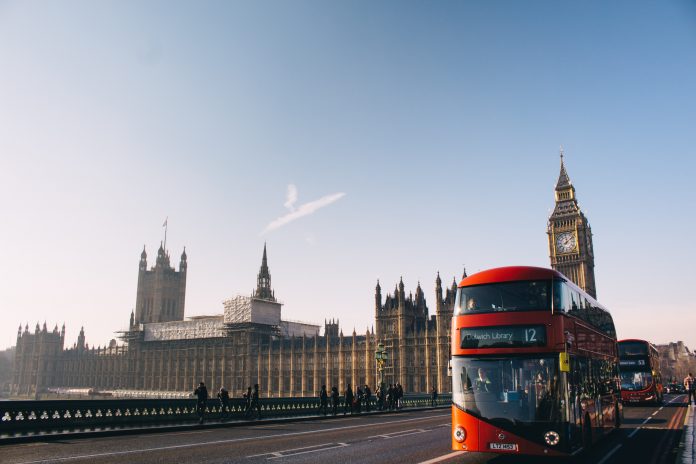In light of the Queen’s funeral, which marked the end of the 10-day mourning period in the U.K, an identity crisis is coming to the fore among the British, or more specifically English people. The death of the British Head of State was always going to cause a rupture across its people. Yet, her passing merely adds pressure to the wound, because the crisis began at the fall of the British empire.
Great Britain is the political union of three nations; Scotland, Wales, and England. The first two have impressively sustained a strong sense of national identity through nurturing its native language and myths, for example. Language preservation in particular has been facilitated by cultural funding from the EU. In England, on the other hand, the sense of national identity is more confused.
Polls show that English people strongly identify as both English and British. Regarding Englishness, they show division along political lines as Conservatives are more likely to be proud to be English, while Labour supporters are much less so, perhaps because English nationalism has at times been associated with nativist far-right groups. The question remains, what really is English national identity? The cliche tick-list characteristics are queuing, politeness, cricket, and some say the monarchy, but this feels increasingly forced. After 30 years of scandals around the Queen’s sons and Harry being estranged from his family, polls show that the royals are out of favour with younger generations.
National museums tell stories about values and history to cultivate and sustain a sense of nationalism. They narrate the nation’s history and in doing so, the institution has the power to include or exclude people through its exhibitions. This is why calls to decolonise the British Museum is ever-growing and even during the mourning period, tweets about taking objects back while the U.K. is preoccupied surfaced. The British Museum hosts one of the world’s largest collections of objects in the world with over 4 million in total held in its archives. While not all objects were stolen, many of them were acquired under colonial rule. The British Museum demonstrates that England is still figuring out its relationship with the rest of Britain and its former colonies, implying that Englishness as an identity focuses far more on what it is not rather than what it is. Displaying the spoils of the empire represents an outdated view of the nation and its place in the world, and regardless, the British Empire does not tell the story of England.
Meaningful transformation of the British Museum will not happen any time soon due to restrictions in British Common Law. It recently surfaced that the royals have influenced hundreds of acts of parliament, including the British Museum Act of 1963 which limits the repatriation of objects except under particular circumstances. While many scholars and journalists importantly focus on the pressing issue of decolonization, we might benefit from an alternative to the British Museum: a Museum of England.
Much like its Scottish and Welsh counterparts, English history is steeped in myths and legends of Elves, fairies, and beasts. From the Brittons to the Anglo-Saxons, England was contested and colonised by Viking, Roman, and Norman forces. Beliefs and political systems were lost and transformed as Christianity met Paganism in the early centuries A.D. These periods of history, from which we have drawn our modern institutions and monarchy, have shaped England as a nation. The Museum of London does a fantastic job of exhibiting the historical transformation of the geographic location of London. From hunter-gatherers to Roman rule, to the dark ages and medieval period all the way through the World Wars, the millennium, to the modern day, there is a sense of dynamism and multiculturalism throughout. Exceptional in its own right, the museum shows that London is defined by the ebbs and flows of people who inhabit it.
Arthurian myths such as the sword in the stone and Merlin have been brought to film and television with great success. Similarly, The Lord of the Rings trilogy was written as an ode to old English culture, while Game of Thrones was inspired by the Roman-built Hadrian’s Wall. These stories reflect the culture of early England. It feels as if in the British psyche there is a need to belong, which is why we should look to museums in times of change, whose role is to nurture our identity.
A museum of England is a small step in the direction of national unity, but England is having an identity crisis, and we are long overdue for some solutions. Aristotle said knowing yourself is the beginning of all wisdom. At the end of the second Elizabethan era, now seems to be a better time than ever to look inwards so as to move forwards.
Words by Sophie Hodgetts
Support The Indiependent
We’re trying to raise £200 a month to help cover our operational costs. This includes our ‘Writer of the Month’ awards, where we recognise the amazing work produced by our contributor team. If you’ve enjoyed reading our site, we’d really appreciate it if you could donate to The Indiependent. Whether you can give £1 or £10, you’d be making a huge difference to our small team.
